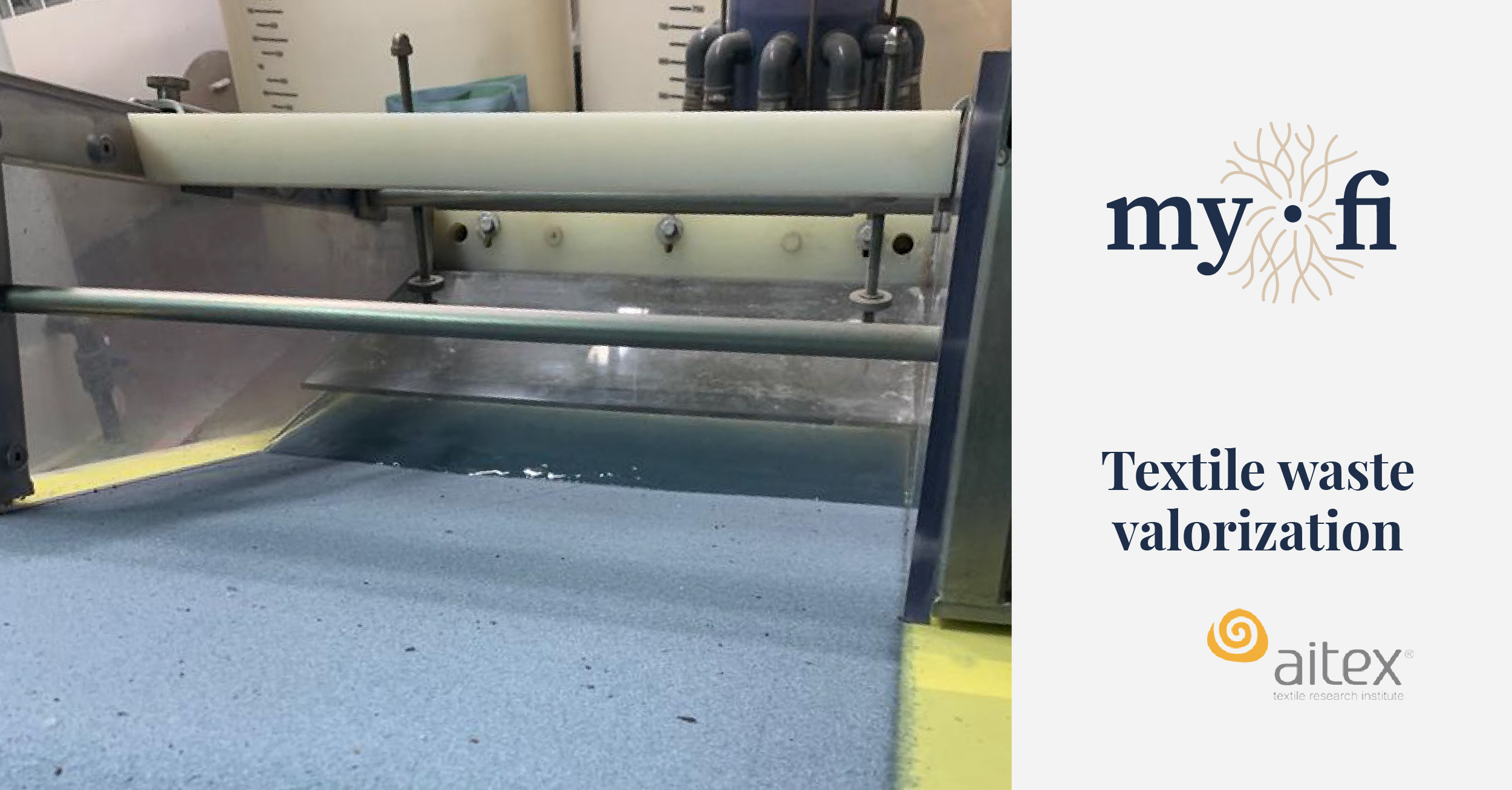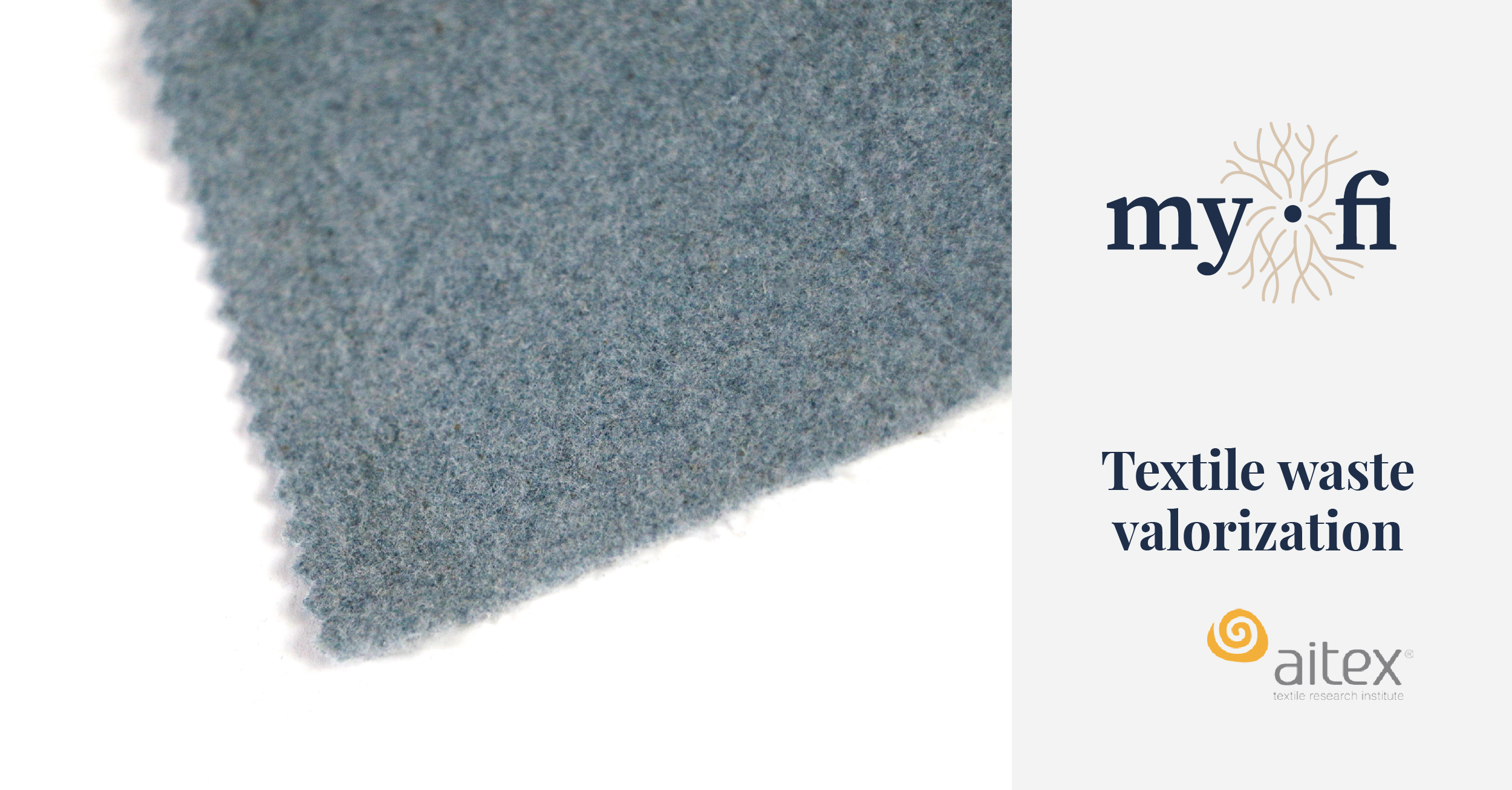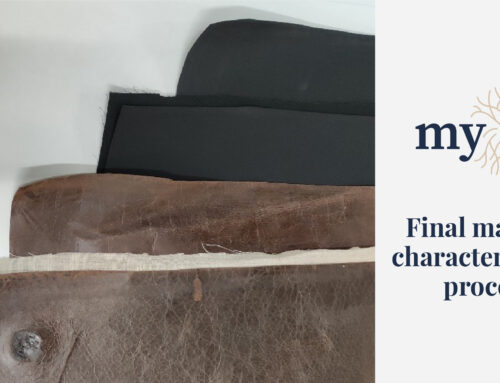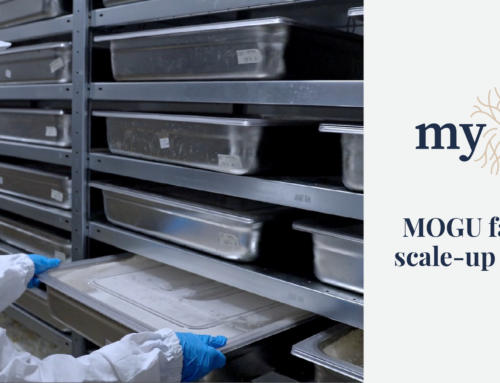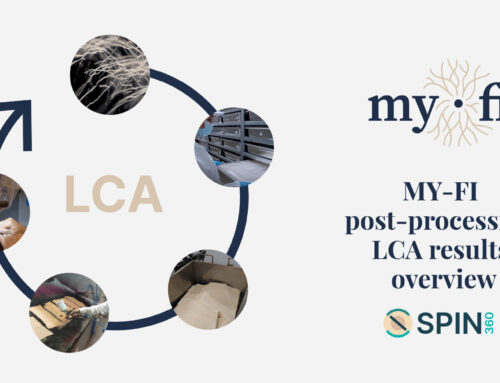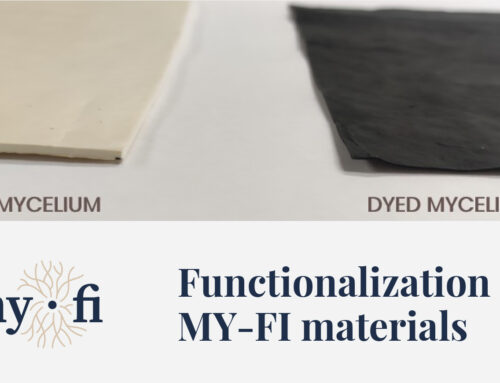It is no secret that the textile industry causes a huge environmental impact.
The exponential growth of population, our consumption habits, and the reduction of the use phase of garments have shifted the focus on textile waste.
It is estimated that EU consumers discard about 11 kg of textiles per person each year, while the percentage of recycled textiles remains low.
Textile waste could be classified depending on their origin in:
- Pre-consumer: the most common recycled textile waste, since fibers are not degraded, their composition is known, they are not mixed with other components, and they could be easily classified by color. With the rise of fast fashion, a new type of textile waste has appeared: unsold items. Unsold garments are not easily recyclable, since they incorporate accessories, such as buttons, zippers, sequins, etc.
- Post-consumer: products that have been used and whose fibers have suffered some deterioration. These products are finally discarded regardless of the state in which they are found.
There are different recycling procedures:
- Mechanical recycling consists of cutting and fraying the fabrics to return them to the fiber state. The drawback is that the fibers are shorter than the original ones. The advantage is that it could allow the recycling of mixed-fiber waste.
- Chemical recycling employs different strategies depending on the type of fiber to recover. This recycling technique is more promising, but too expensive, and requiring further research.
Within the MY-FI project, our partner AITEX is currently working on the mechanical recycling of cellulosic post-consumer textile waste, in order to obtain new materials with good technical properties, contributing to solve the problem of textile waste and closing the loop of the textile value chain.
